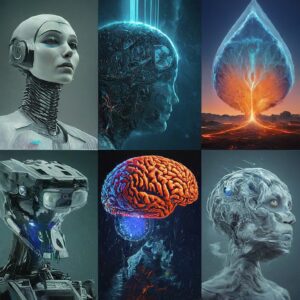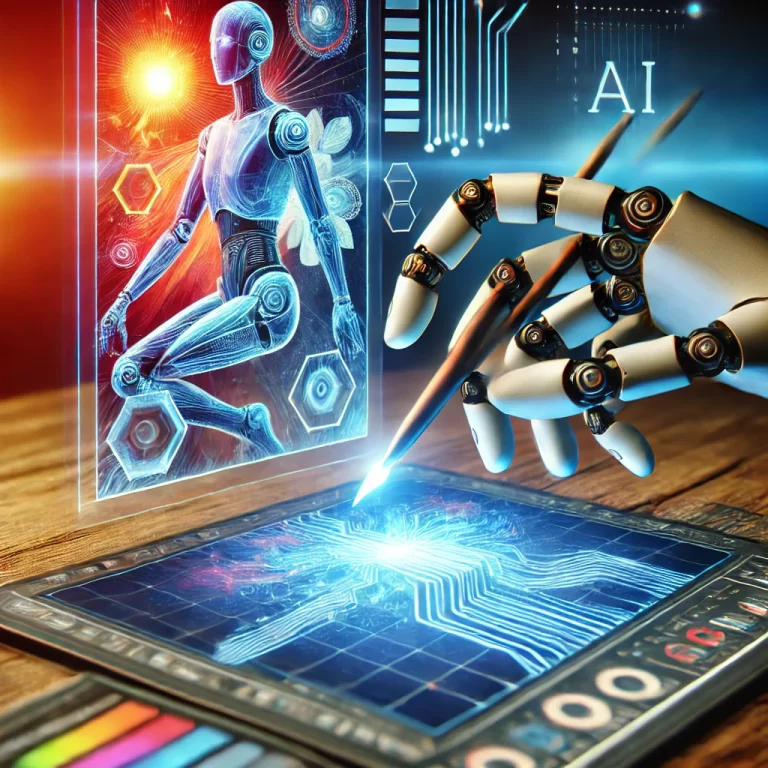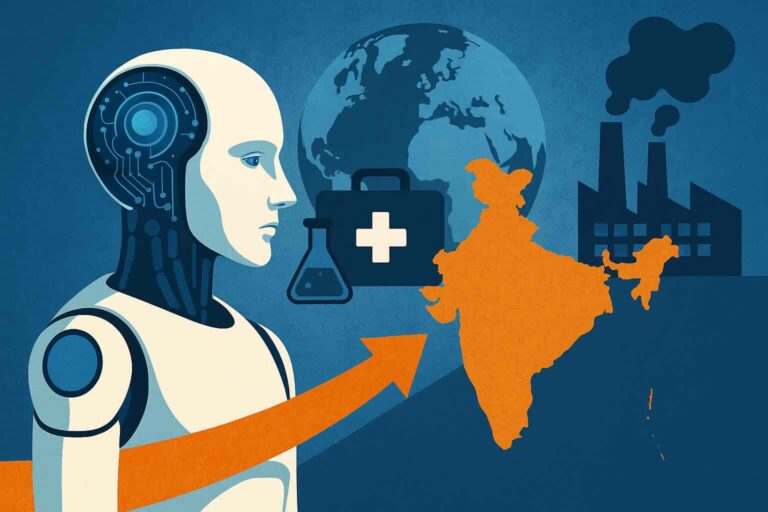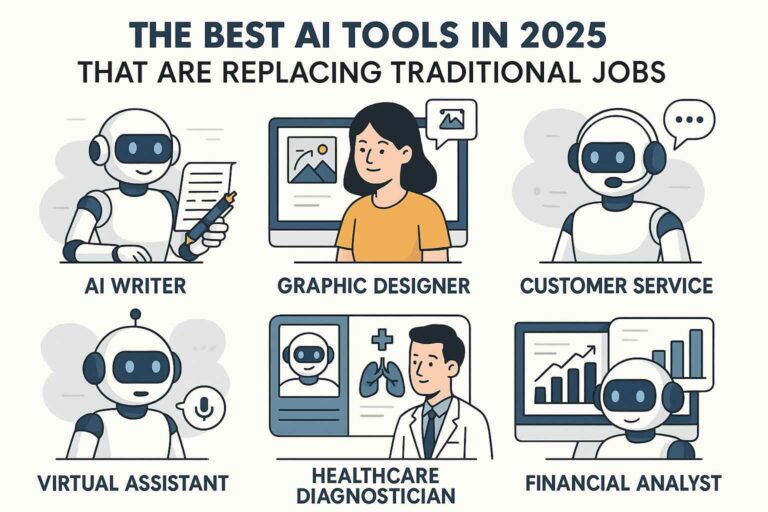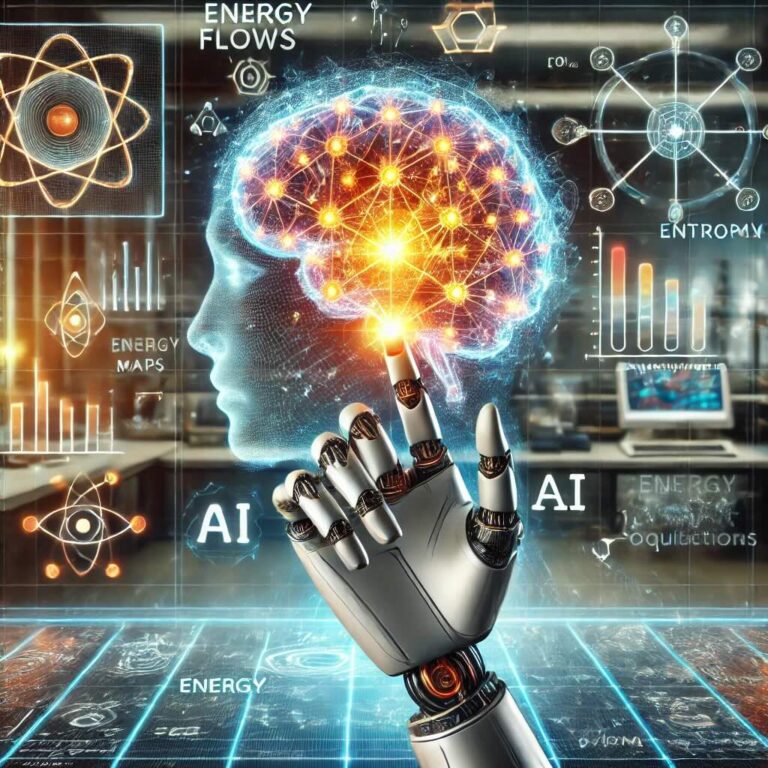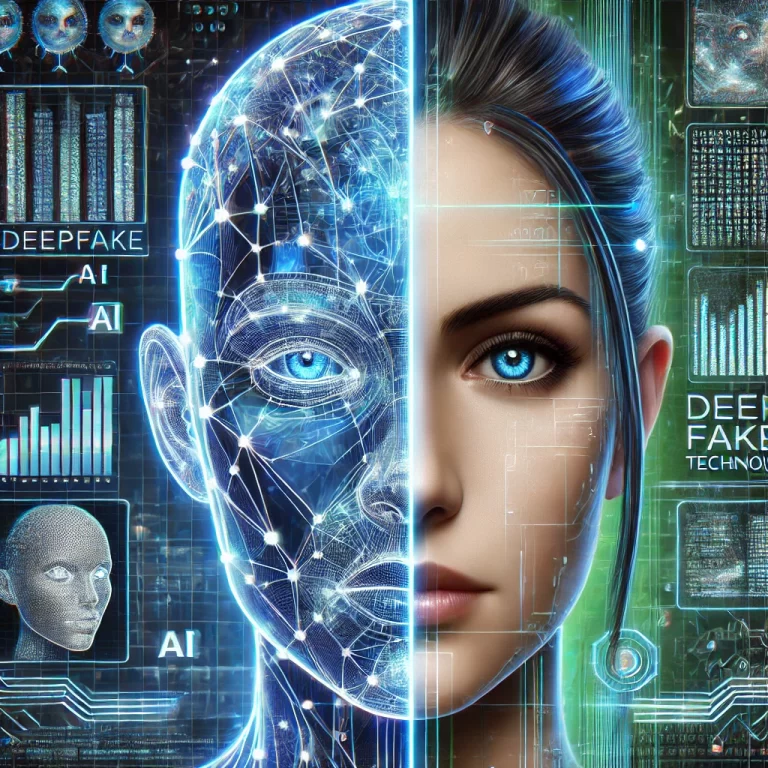Deep learning, a subset of machine learning, has revolutionized industries from healthcare to finance, pushing the boundaries of what’s possible with artificial intelligence (AI). This transformative technology mimics the human brain’s neural networks, enabling computers to learn from vast amounts of data and make intelligent decisions. Whether you’re a curious beginner or an aspiring data scientist, this guide will walk you through the essentials of deep learning, breaking down complex concepts into understandable steps and providing practical examples to get you started.
1. Understanding Deep Learning
a. Definition: Deep learning involves training artificial neural networks on large datasets to recognize patterns, classify data, and make predictions. It differs from traditional machine learning by using multiple layers of neurons, hence “deep” learning, to capture intricate patterns and relationships in data.
b. Neural Networks: At the heart of deep learning are neural networks, which consist of interconnected layers of nodes (neurons):
- Input Layer: Receives the initial data.
- Hidden Layers: Intermediate layers that process the input data.
- Output Layer: Produces the final prediction.
c. Activation Functions: Activation functions introduce non-linearity, allowing networks to learn complex patterns:
- Sigmoid: Maps inputs to a range between 0 and 1.
- ReLU (Rectified Linear Unit): Outputs the input if positive, otherwise zero.
- Tanh: Maps inputs to a range between -1 and 1.
2. Components of Deep Learning
a. Layers: Neural networks are composed of:
- Input Layer: Takes the input features.
- Hidden Layers: Process inputs through weighted connections and activation functions.
- Output Layer: Produces the final prediction or classification.
b. Weights and Biases: Weights determine the strength of connections between neurons, while biases allow the model to adjust the activation function.
c. Forward Propagation: During forward propagation, input data passes through the network, layer by layer, to produce an output.
d. Loss Function: The loss function measures the difference between predicted and actual outcomes. Common loss functions include Mean Squared Error (MSE) for regression and Cross-Entropy Loss for classification.
e. Backpropagation: Backpropagation updates weights and biases to minimize the loss function, adjusting parameters to reduce errors in future predictions.
3. Training a Deep Learning Model
a. Data Preparation: Data is the backbone of any deep learning model. Steps include:
- Data Collection: Gather a large and diverse dataset.
- Data Cleaning: Handle missing values, duplicates, and errors.
- Data Normalization: Scale features to ensure uniformity.
- Data Augmentation: Increase the training set by creating new examples through techniques like rotation and flipping (for image data).
b. Model Selection: Choose a neural network architecture based on the problem:
- Fully Connected Neural Network (FCNN): Every neuron in one layer is connected to every neuron in the next layer.
- Convolutional Neural Network (CNN): Ideal for image data, using convolutional layers to learn spatial hierarchies.
- Recurrent Neural Network (RNN): Best for sequential data, such as time series or text.
c. Training the Model: Training involves feeding data into the model, performing forward propagation, calculating loss, and applying backpropagation to update weights. Repeat for several iterations (epochs).
d. Evaluating the Model: Evaluate performance using metrics like accuracy, precision, recall, and F1-score for classification, or Mean Absolute Error (MAE) and Root Mean Squared Error (RMSE) for regression.
4. Practical Example: Image Classification with a CNN
a. Dataset: We’ll use the MNIST dataset, a collection of handwritten digits, for this example.
b. Building the Model: Here’s how to build a simple CNN in Python using TensorFlow and Keras:
import tensorflow as tf
from tensorflow.keras import layers, models
# Load and preprocess the data
mnist = tf.keras.datasets.mnist
(X_train, y_train), (X_test, y_test) = mnist.load_data()
X_train, X_test = X_train / 255.0, X_test / 255.0
# Reshape data for CNN
X_train = X_train.reshape(-1, 28, 28, 1)
X_test = X_test.reshape(-1, 28, 28, 1)
# Build the model
model = models.Sequential([
layers.Conv2D(32, (3, 3), activation='relu', input_shape=(28, 28, 1)),
layers.MaxPooling2D((2, 2)),
layers.Conv2D(64, (3, 3), activation='relu'),
layers.MaxPooling2D((2, 2)),
layers.Flatten(),
layers.Dense(64, activation='relu'),
layers.Dense(10, activation='softmax')
])
# Compile the model
model.compile(optimizer='adam', loss='sparse_categorical_crossentropy', metrics=['accuracy'])
# Train the model
model.fit(X_train, y_train, epochs=5, validation_data=(X_test, y_test))c. Evaluating the Model: Evaluate the model on the test data:
test_loss, test_acc = model.evaluate(X_test, y_test)
print(f'Test accuracy: {test_acc}')5. Advanced Topics in Deep Learning
a. Transfer Learning: Transfer learning involves using a pre-trained model and fine-tuning it on a specific dataset. This approach saves time and resources.
b. Generative Adversarial Networks (GANs): GANs consist of two networks, a generator and a discriminator, that compete with each other. GANs are used in applications like image generation and style transfer.
c. Reinforcement Learning: Reinforcement learning trains an agent to make decisions by rewarding desired actions and penalizing undesired ones. It’s used in robotics, game playing, and autonomous driving.
d. Hyperparameter Tuning: Hyperparameter tuning optimizes model settings (e.g., learning rate, batch size) to improve performance. Techniques include grid search, random search, and Bayesian optimization.
Conclusion
Deep learning is a powerful tool that continues to drive innovation across various fields. By understanding its core concepts, components, and practical applications, beginners can start exploring this fascinating technology. As you gain more experience, you’ll be able to tackle more complex challenges and contribute to the advancement of AI. Dive in, experiment, and start your journey into the world of deep learning today.

